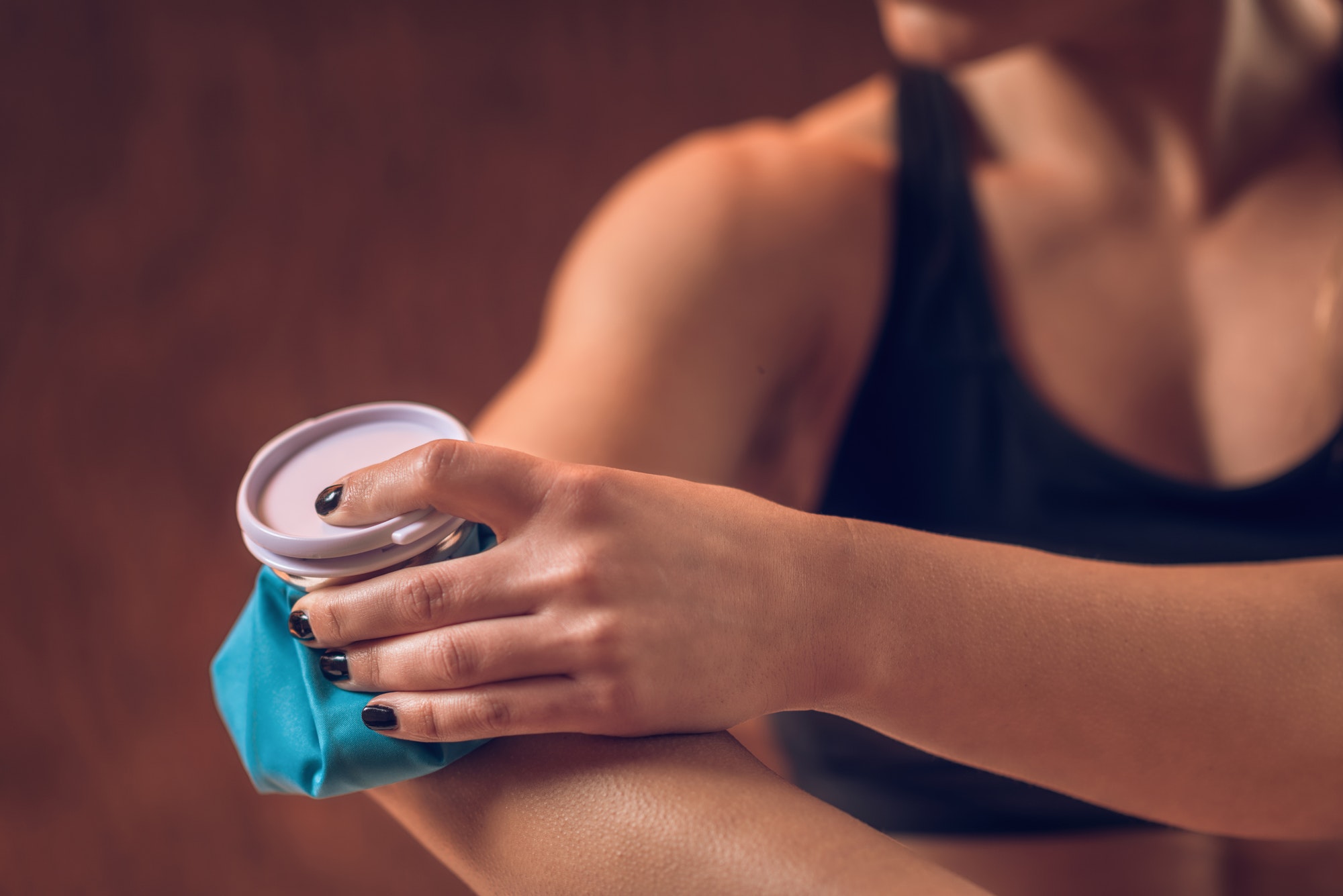Elbow injuries
Elbow injuries in sport and daily activities are common. The elbow joint can be injured by repetitive racket sports movement or chronic overuse from day to day activities.
Tennis Elbow
Tennis elbow is a common injury but despite its name affects both the tennis and non tennis playing population. Tennis elbow can be a very debilitating condition with pain on the outside of the elbow causing actions such as pouring a kettle, turning a key in a lock, and decreased grip strength due to pain. Tennis players will have pain with hitting a single handed backhand and any other action that has uncontrolled wrist extension.
Tennis elbow is an umbrella term used for injury or pain located at the lateral epicondyle of the elbow. Symptoms present as mechanical hyperalgesia, motor control deficits, functional impairments, and muscle strength changes (Vincencino et al. 2001). LE mostly affects those aged 35-50 and tennis playing only appears to contribute to 5-10% of all cases (Cleland et al, 2004).
40-50% of recreational tennis players will experience tennis elbow at some point in their life, caused by repeated uncontrolled wrist extension through late contact with the ball and incorrect handling of the racket (Cleland et al, 2004). Thus, poor arm and shoulder position will change the events in the kinetic chain and put greater stress on the lateral elbow, shoulder, and possibly cervical spine.
From the literature, one can make the case for the hypothesis that clinical tennis elbow is multi-factoral, and that in a significant number of cases there is a cervical spine involvement.
There is good evidence that in some cases cervical manual therapy is effective, although local treatment to the elbow has greater initial success on functional pain-free grip strength.
Assessment of tennis elbow sufferers should include the possibility of cervical spine involvement, and that manual therapy of the cervical spine should be considered as a treatment in cases of tennis elbow that does not respond to local elbow manual therapy treatment.
On failure of local elbow treatment cervical spine manual therapy should commence in patients with altered cervical spine ROM or pain, through inhibiting descending pain pathways and SNS stimulation. A hypothesis that manual therapy directed to the cervical spine treats the actual cause of pain that is felt from stimulation of free nerve endings at the lateral elbow following failed elbow treatment.
Treatments will consist of friction massage to the extensor muscle in the forearm, mobilisation to improve range of motion and exercise rehabilitation to decrease pain and improve grip strength. A change in equipment (if you’re a tennis player) may also help relieve symptoms. You will also be checked for any stiffness or pain in the neck, as you may be experiencing a referred pain from a trapped nerve in the cervical spine.
Golfers Elbow
Golfers elbow is very similar to tennis elbow but the pain is experienced on the inside of the elbow.
Treatments will consist of friction massage to the flexor muscle in the forearm, mobilisation to improve range of motion and exercise rehabilitation to decrease pain and improve grip strength.
A change in equipment (if you’re a golfer) may also help relieve symptoms. You will also be checked for any stiffness or pain in the neck, as you may be experiencing a referred pain from a trapped nerve in the cervical spine. For more information on the treatment of golfers elbow,
Please call James about your injury on 07748 483639.





